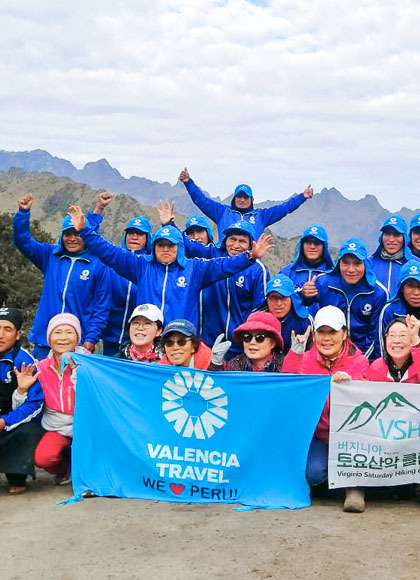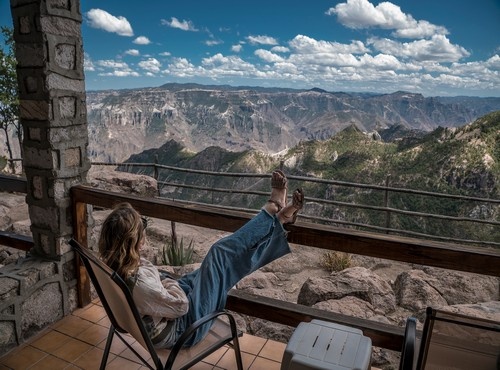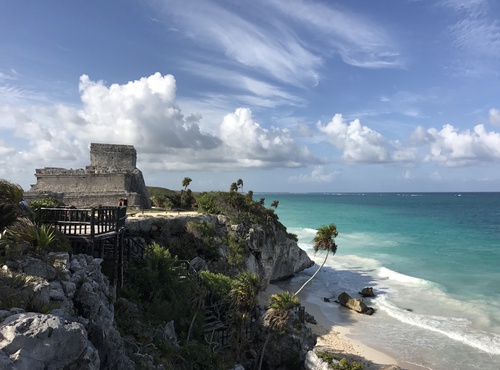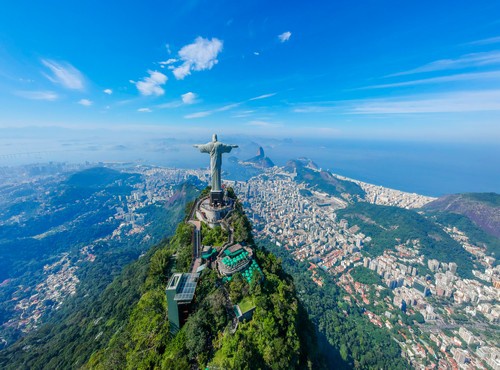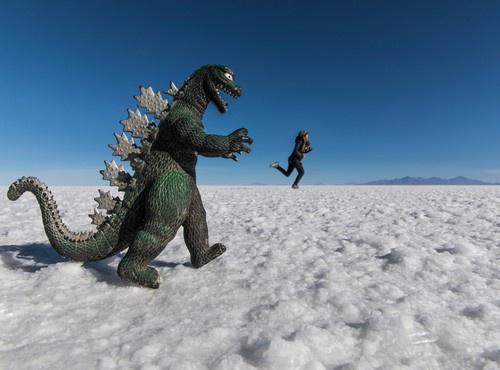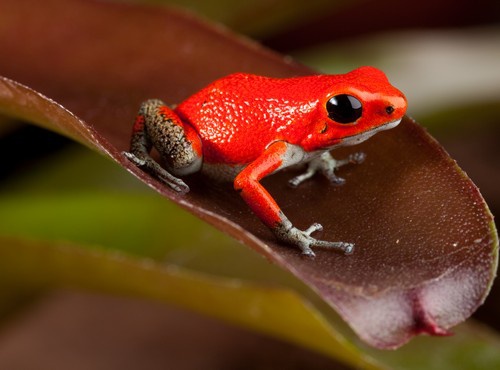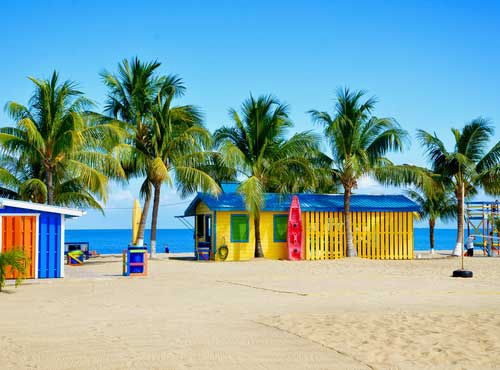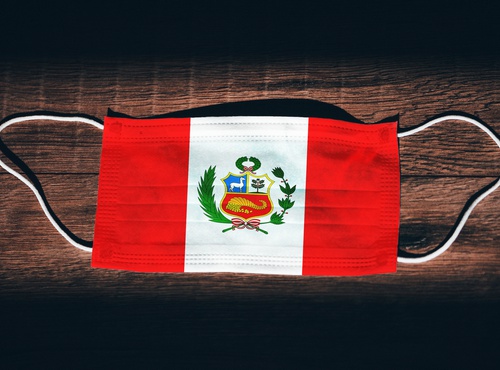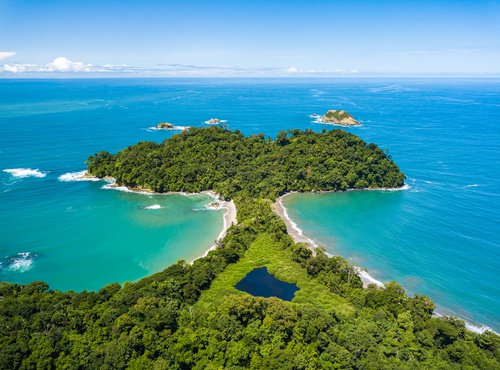
Written by:undefined undefined
Published: 31-03-2022
Thousands of years ago when Mother nature formed the glaciers of Argentina, there were no land borders in this part of South America. Today, this area is called Chile, Argentina, and Patagonia. There are spectacular glaciers on both sides of the Andes, forming the Patagonian Ice Field, covering an area almost as big as Antarctica.
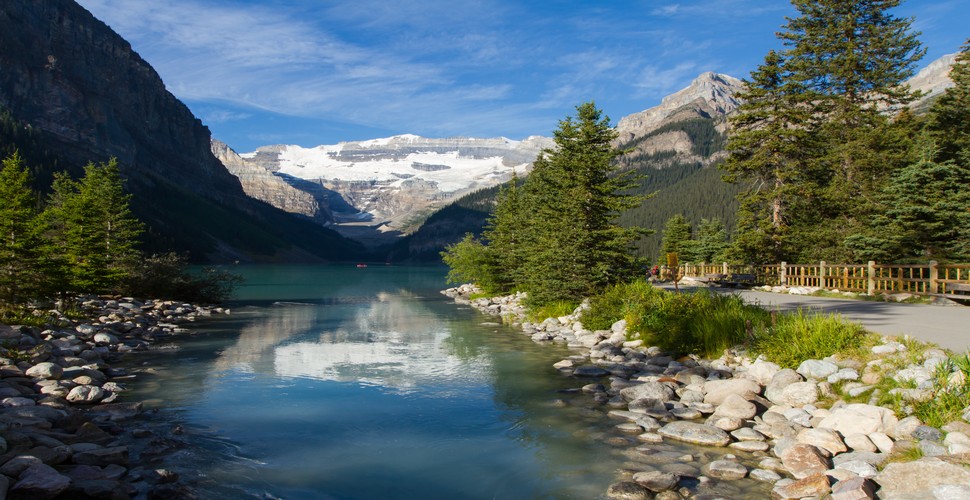
Lake Luise, Parque de los Glaciares
Glaciers
On the southwestern side of Argentine Patagonia, there are over 300 glaciers, many of which can be found in the Parque Nacional Los Glaciares. The Glacier National Park, is 350 km long, skirting the Andean Mountain range. Los Glaciares National Park is a UNESCO World Heritage site that is home to two lakes, and 47 major glaciers. Thirteen of these glaciers reach to the Atlantic Ocean, and other glaciers found here such as the Perito Moreno, Mayo, Spegazzini, Upsala, Agassiz, Oneill and Ameghino feed into the glacial lakes in the park. Lake Argentina, is the biggest lake in Argentina, and is 15,000 years old. Lago Viedma and Lago Argentina flow into the Santa Cruz River, flowing into the Atlantic.
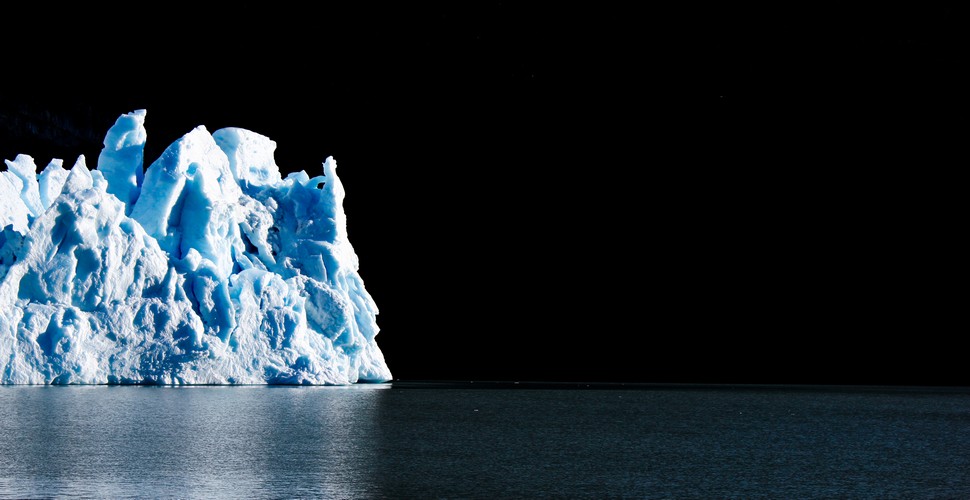
Perito Moreno at night
The Upsala glacier is the largest glacier in South America at a whopping 60 km long and 10km wide. This glacier can only be reached by boat, navigating the many icebergs, or ice islands, floating in the Lago Argentina. The glaciers national park boasts impressive mountains, rivers, lakes, and forests including the Cerro Fitz Roy, or ” El Chaltén” and Cerro Torre. Flora and fauna of the Glaciers National Park include beech trees, shrubs, mosses, orchids, red fire brush, home to animals such as guanacos, hawks, red foxes, large Patagonian hares, Magellan geese, black-necked swans, flamingos, woodpeckers, skunks, pumas, condors, and the endangered species of huemul deer. This deer is now protected as a national monument.
Within The Glaciers Park, The Perito Moreno Glacier is the masterpiece that attracts visitors to Patagonia. Perito Moreno is the only glacier in the world that is still growing. Like the other glaciers in the region, Perito Moreno is formed because falling snow accumulates faster than it melts.
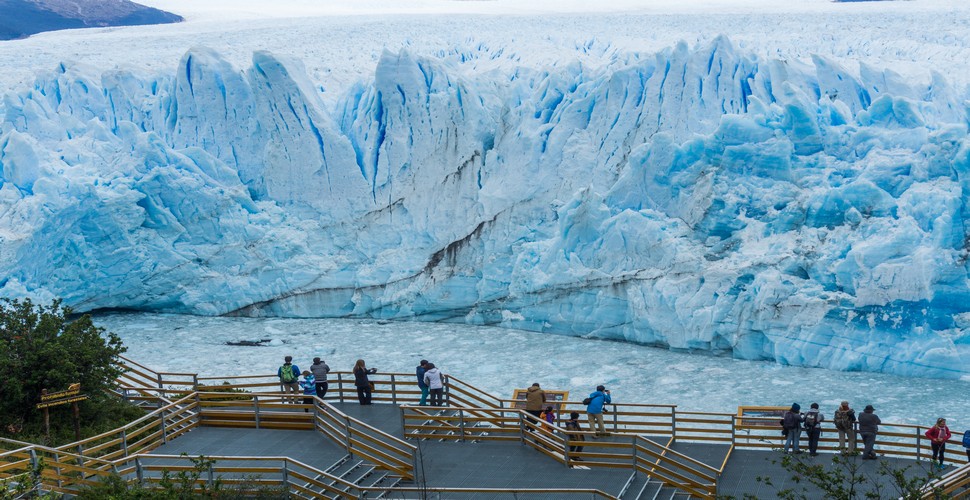
Perito Moreno Glacier viewpoint
Over time, the snow compresses and the ice build-up behind the glacier, forces it down the mountain. The distinctive blue tinted appearance, comes from the oxygen trapped in the snow, and the dirt and mud comes from the ground as the glacier grows. The glacier winds for 80 km through the Cordillera until it reaches Lago Argentina, forming a blue-ice wall 3km wide 50 metres high.
The Perito Moreno glacier looks out over the Magallanes Peninsula, across a narrow channel of water, and as it moves through the channel, it forms an ice dam, the waters build up in the Brazo Rico until the pressure is too much, making the wall collapse. The last time this occurred was in 1986. It is not certain when this will happen again.
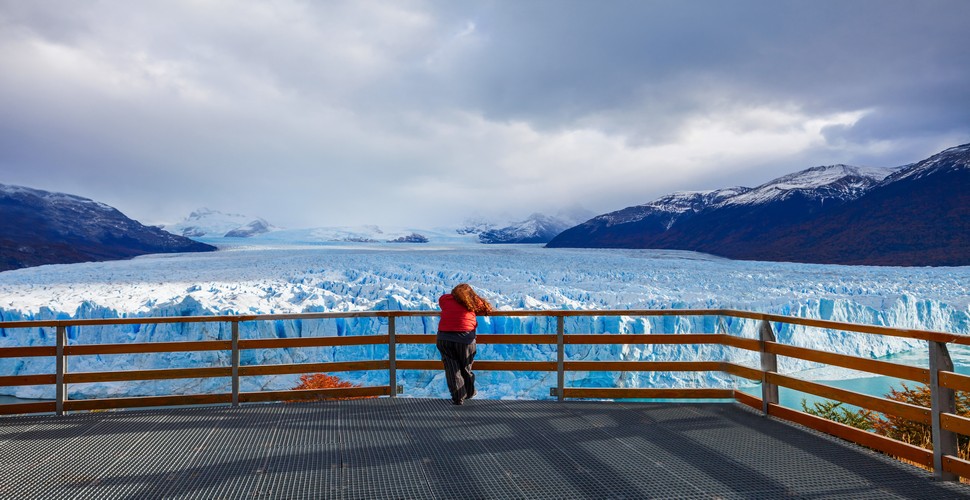
Immense Perito Moreno
Perito Moreno is named after Francisco Pascasio Moreno, whose nickname was Perito. More formally known as Dr. Francisco P. Moreno, the first Argentine to travel this region. Moreno gave the Argentine nation the land that was later named The Nahuel Huapi National Park. He also gave the name Cerro Fitzroy after the captain of HMS Beagle.
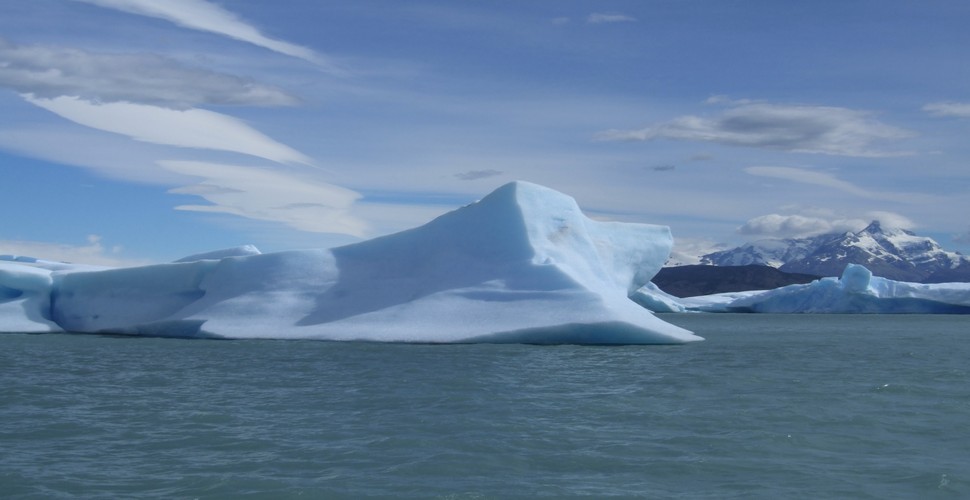
Iceberg on Lago Argentino
What to See and Do
On the southern end of the Glaciers national park, at Lago Argentina, the main activity is ice-trekking. While you don´t ned to be an expert, you should be fit enough to handle the techniques of walking and climbing on ice with crampons. You can choose a shorter trek if you prefer, which covers a small, safe portion of the glacier. You can also use the walkway less than 300 m from the snout. If you are lucky, you may see a section of ice veer off with a huge splash into the ocean. Horseback rides will take you around Lago Argentina, through the lush green forests for spectacular views of the glaciers, meadows, lakes, and rivers. You can also travel by bus, boat, and by 4X4. Mountain bikers also have a number of trails to choose from. Another immersive experience is to stay at a sheep farm, which generally include a meal and the experience of participating on a working ranch.
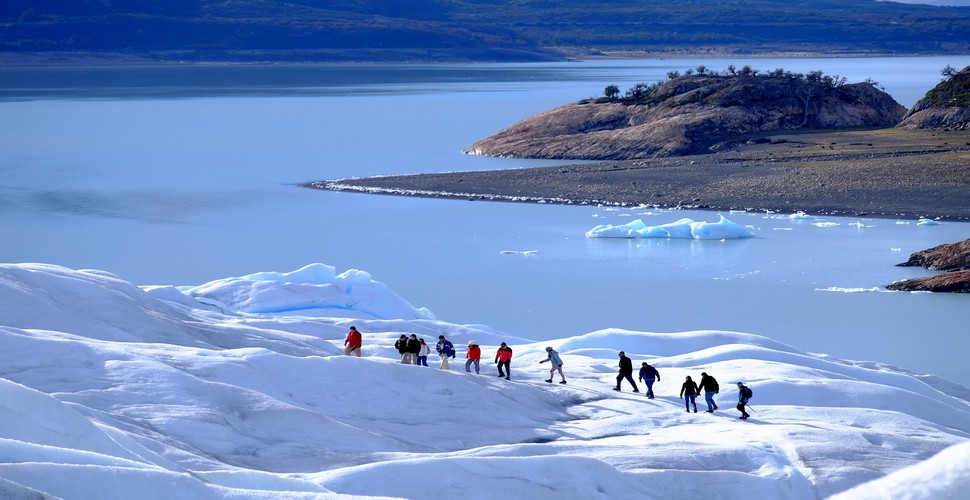
Ice walking on Perito Moreno
On the northern end of the Glaciers Park, at Lago Viedma, the activities are concentrated around the lake, the Upsala glacier, and the mountains. Upsala can be reached by boat, or a catamaran from Punto Bandera across the lake to the observation points on Canal Upsala, where you can witness icebergs floating on the lake.
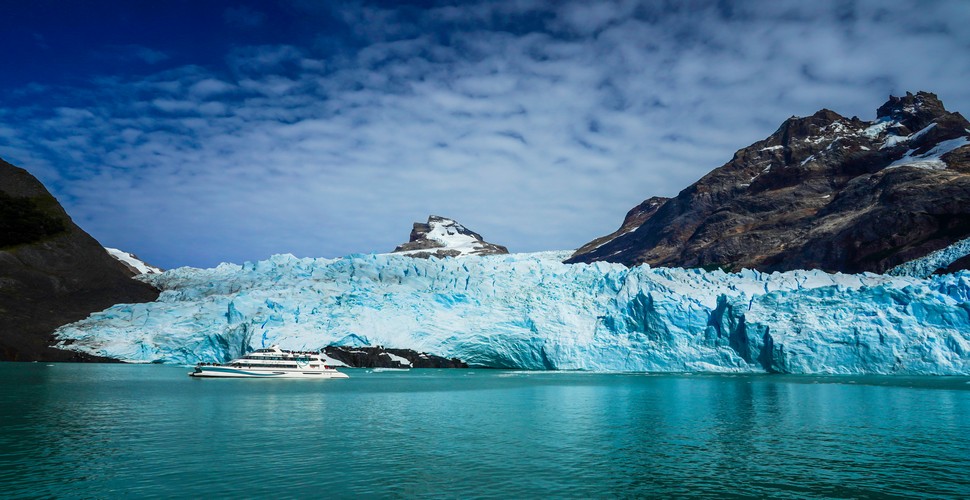
Upsala Iceberg
Climbers, campers, and trekkers generally head to the town of El Chaltén. El Chaltén is the base for climbing, hiking, or trekking in the area. Cerro Torre is notorious for bad weather and it's not uncommon to see people waiting weeks for improved climbing conditions.
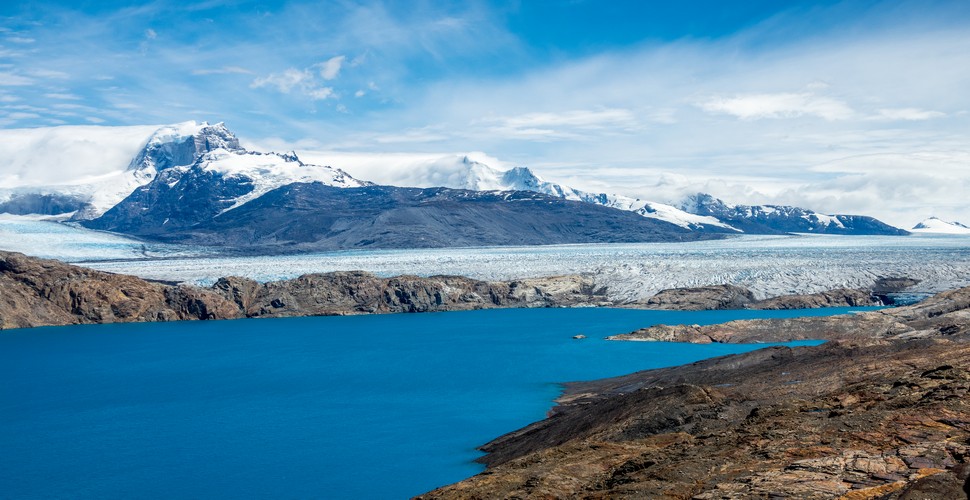
Upsala
Easier to reach in any weather is the Chorillo del Salto waterfall where you can see Cerro FitzRoy and Cerro Poincenot. Other trails lead to Laguna Torre and the base camp for climbing Cerro Torre, the base camp for FitzRoy and Laguna de Los Tres. Cerros FitzRoy and Cerro Torre are recommended for experienced climbers.
Punta Walichu Caves offers cave paintings of people, animals, and handprints made by ancient indigenous tribes. Perito Moreno found the caves, and even a mummy, in 1877.
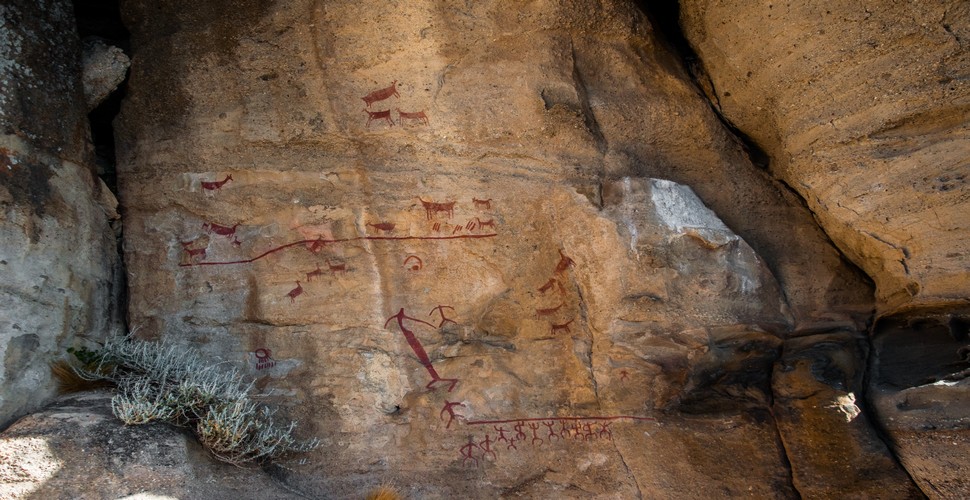
Punta Walichu Caves
Laguna del Desierto, is actually surrounded by forest and is worth a visit, heading north from El Chaltén.
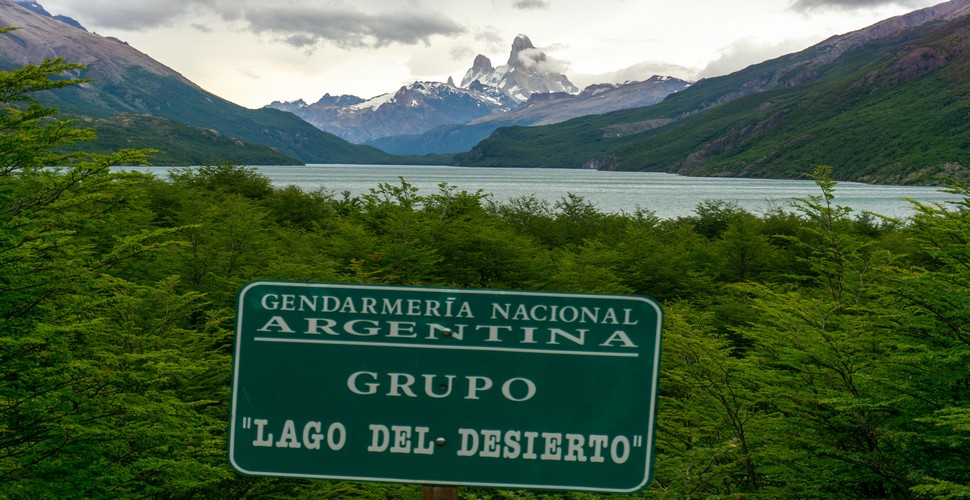
Laguna del Desierto
When to Go and What to Bring
October to April is high season, with crowds, so make your reservations and travel arrangements in advance. Spring is a good time to go. The weather is warmer and the flowers are in bloom, along with fewer tourists.
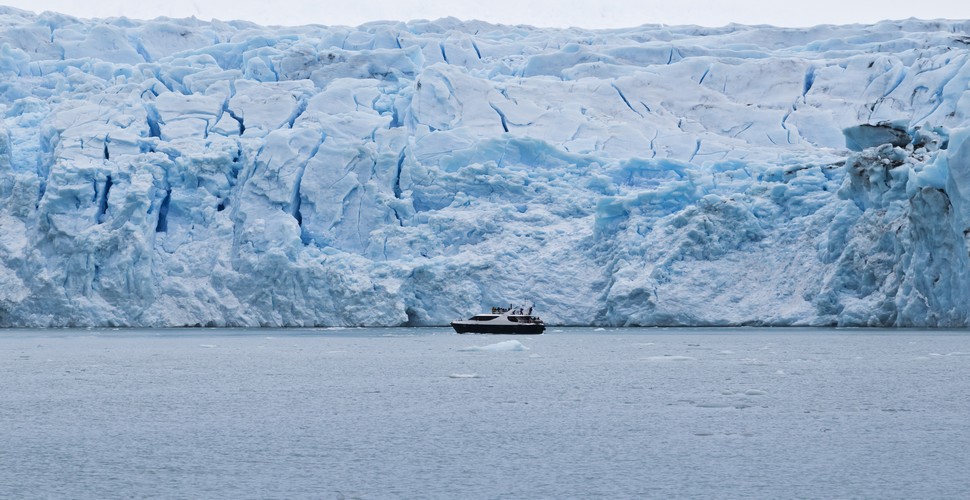
Cruise ship at Perito Moreno
All year round, you will experience strong winds, so pack plenty of warm clothing. You should bring a windproof jacket, hat, gloves and decent hiking boots.
How to Get There
Getting to the Parque Nacional Los Glaciares is easier than it used to be, with flights from Río Gallegos and other Argentine cities to Punta Walichu Caves on Lago Argentina's southern shore. The new airport in El Calafate receives larger planes, however the strong winds cause many delays.
Many people prefer to fly to Río Gallegos and then take the bus for the four to six-hour ride to El Calafate. Buses are comfortable, and the journey offers excellent views.
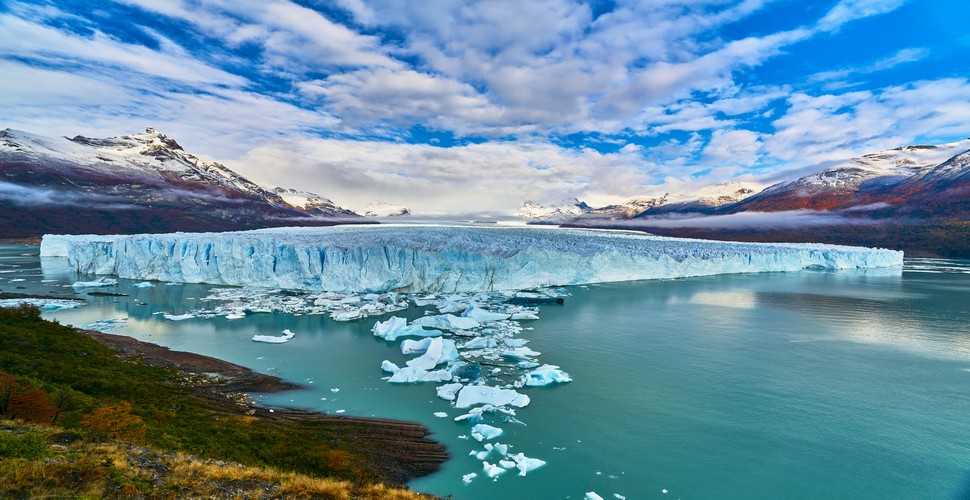
Perito Moreno
In general, allow a minimum of three to four days to see the park. Weather conditions may not be collaborating, so you may need to wait it out, to see the glaciers.
El Calafate has restaurants, markets, accommodation options and tour agencies. Many visitors use the town as a base camp for The Perito Moreno glacier and day trips, then head to El Chaltén for a day or two.
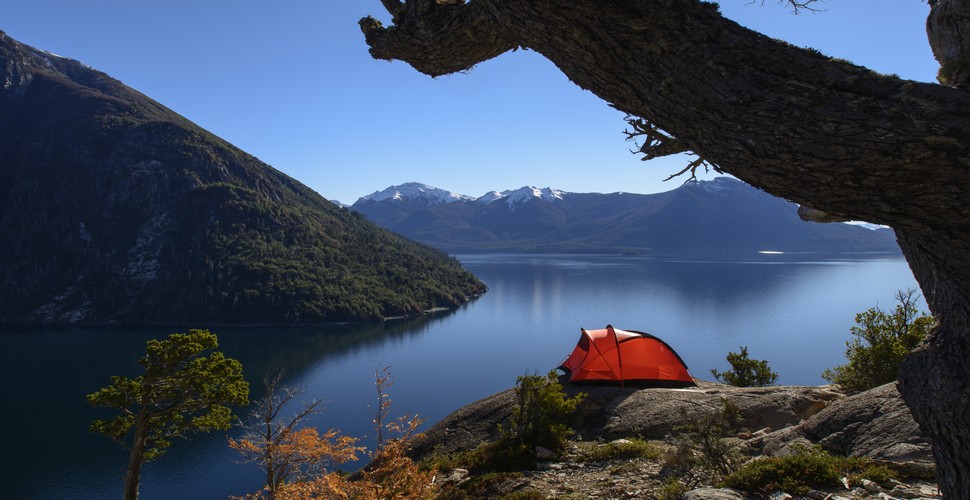
Camping in Patagonia
Camping is widely available especially at the Peninsula Magallanes. You'll need to take your equipment with you, but camping supplies are on sale. From the Glaciers national park, you can head south into Patagonia to Ushuaia and Tierra del Fuego, go west to see Chilean Patagonia or head north.






